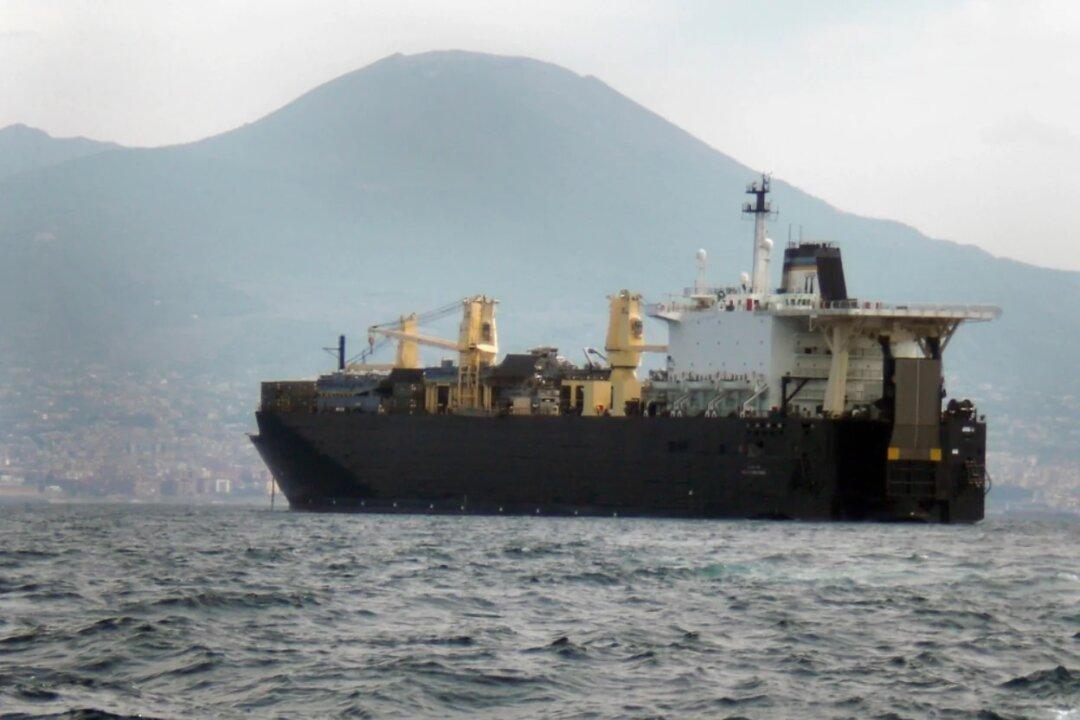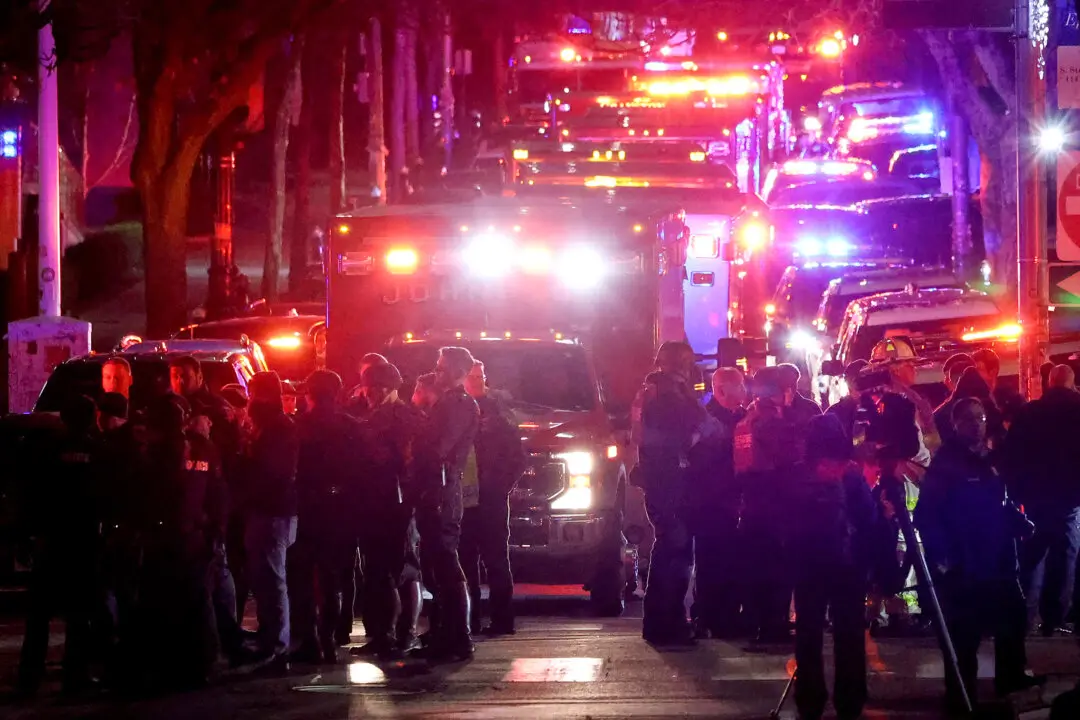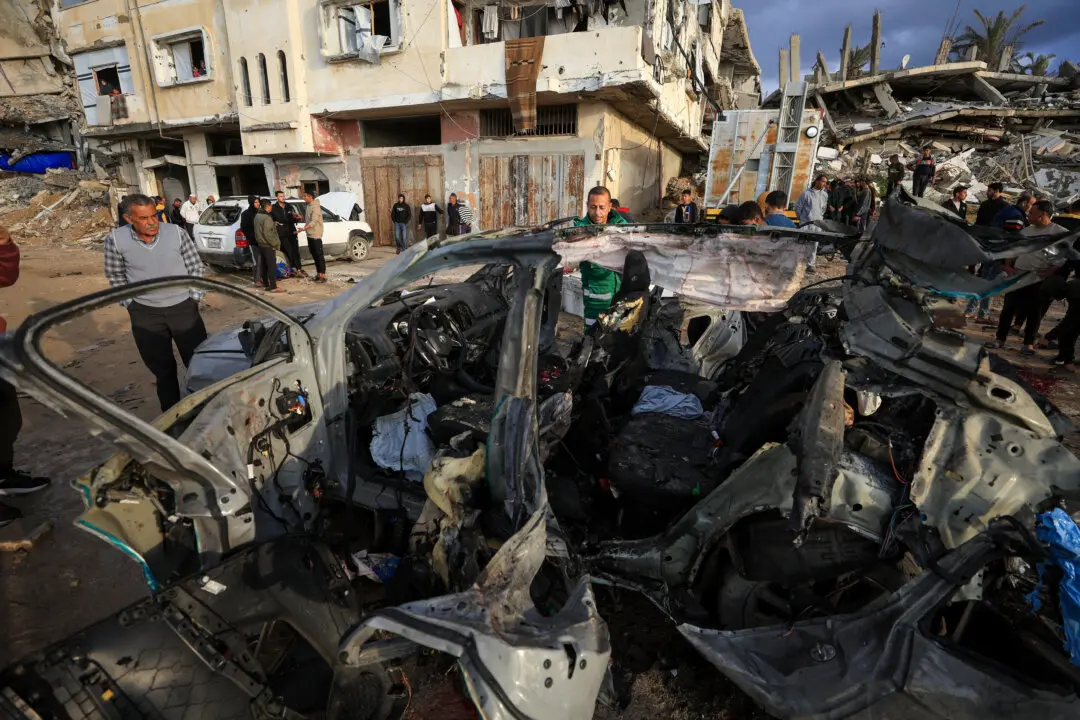A U.S. Navy cargo ship slated to assist in the construction of a pier facilitating humanitarian aid deliveries to the Gaza Strip was forced to abandon the mission and returned to port this week after suffering a fire in its engine room.
The cargo ship USNS 2nd Lt. John P. Bobo suffered a mishap last week when a fire broke out in its engine room, the U.S. Navy confirmed in a statement emailed to NTD News on Thursday.





